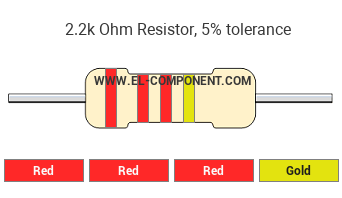


Also this resistor can easily be changed for a different value where different versions of a circuit may be built, using the same PCB. Actually there is a reason that 0Ω resistors are available the reason is that where a wire link may be needed on a printed circuit board, it is easier for automated component insertion machines to insert a 0Ω resistor that is the same size and shape as a resistor, rather than have to use another process to insert a wire link. Notice also that where bands 1, 2 and 3 are black, this would signify a 0Ω resistor, which seems ridiculous as this would virtually be a piece of wire. Gold (+/-5%) and silver (+/-10%) being the most common tolerances. The fourth band, separated by a space from the three value bands, (so that you know which end to start reading from), indicates the tolerance of the resistor. 4.7Ω (or 4R7) would be indicated by yellow, violet(47), gold (divided by 10) = 4.7Ω. Two special cases of the multiplier band (band 3) are used for very small values where gold indicates that the first two bands must be divided by 10, and silver means divide by 100, e.g. Table 2.1.1 Four Band Resistor Colour Code

The multiplier band will most commonly be some colour between black (no zeros), indicating a value between10 Ω and a value less than 100Ω, and blue (6 zeros), indicating a value in the tens of millions, e.g. This last version is used in many circuit diagrams and suppliers catalogues (where print may need to be very small) to avoid 2.2K being read as 22K instead of 2K2 where the decimal point may not be obvious. red, red, red indicates 2200Ω, which is normally called 2.2KΩ or 2K2. The first two of these bands indicate two numbers and the third, often called the multiplier band indicates the number of zeros, e.g. In the four band resistor colour code illustrated in Table 2.1.1, the first three bands (closest together) indicate the value in ohms. The tables on this page illustrate three common forms for four, five and six band resistors. The Colour Codes used on resistors in carbon, carbon film and metal film types are widely used and a ‘must learn’ for electronics engineers. Identify values, tolerances & temperature coefficients on colour coded resistors.After studying this section, you should be able to:.


 0 kommentar(er)
0 kommentar(er)
